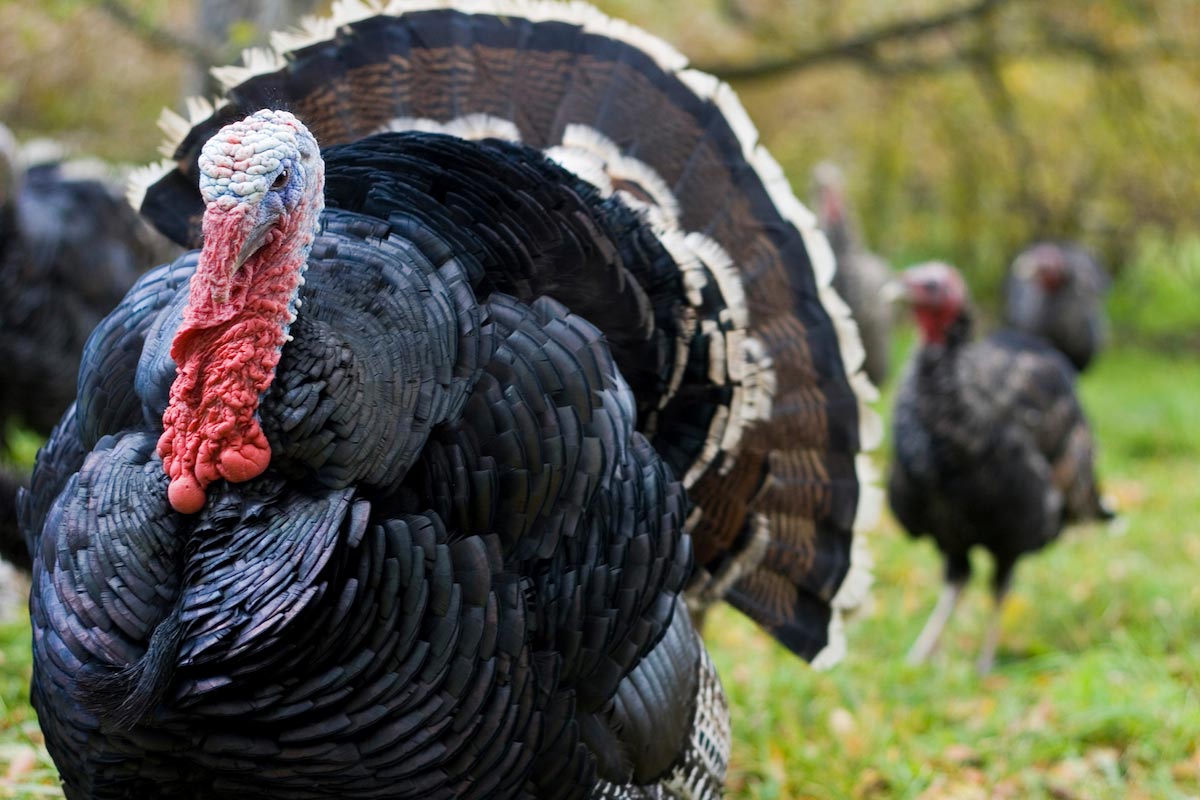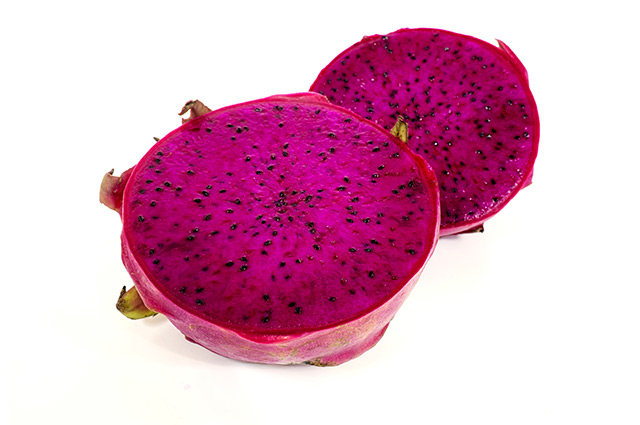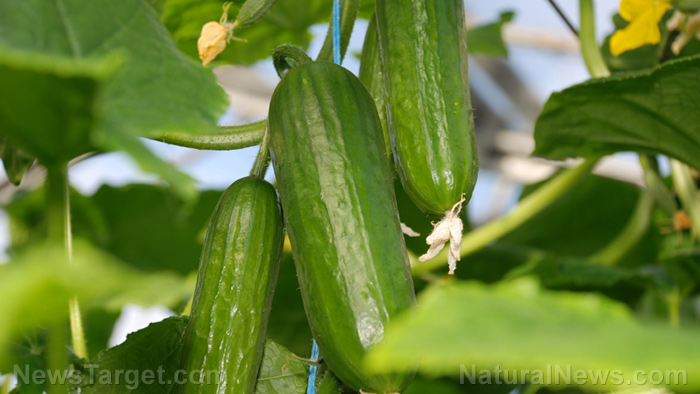Scientists explore exotic species of legumes as potential alternative sources for human and animal nutrition
09/18/2018 / By Edsel Cook

The Vigna genus has generously provided us with a number of nutritious and tasty legumes (including adzuki beans, cowpeas, and mung beans) that have become fairly important food crops in many parts of the world. Tanzanian researchers believe that the remaining non-domesticated members of the large family of legumes are potentially significant sources of human food and animal feed.
Food security is a global issue. The world’s food producers cannot grow enough to meet the needs of the rapidly growing population. The production problem is exacerbated by many other issues such as corruption, lack of storage and transportation infrastructure, and natural disasters like droughts that reduce fertility and crop yield.
Furthermore, increasing amounts of acreage that used to grow food fit for human consumption is now being used to produce feed for increasingly valuable livestock. The result is mass malnutrition in the poorer areas of the world, where people cannot get enough energy and protein from what little food they do have access to.
The Food and Agriculture Organization (FAO) reported that humans depend on just four crop species to provide half of the calories they get from edible plants. Any serious crisis that affects even just one of these crops can potentially cripple the global food supply. (Related: Global food security at risk as crop biodiversity is lost.)
Wild members of legume genus could be key to improving global food security
Researchers are seeking out edible plants that could serve as new sources of human food or animal feedstock. A research team from the Nelson Mandela African Institution of Science and Technology (NMAIST) in Tanzania turned their attention to the Vigna genus of legumes.
Vigna is comprised of more than 100 individual species of legumes, which are grown as food crops throughout Asia and Africa. Adzuki beans, in particular, are considered to be very nutritious, while cowpeas and black-eyed peas are important sources of protein for Africans, and black grams and mung beans are widely cultivated in South Asia and Southeast Asia.
However, the domesticated Vigna species only make up a small fraction of the genus. There are still more than 90 wild species that have been generally ignored in favor of exploiting their far more established cousins.
Due to this myopia, little is known of the wild legumes. The ignorance must be amended by new studies that target the most promising candidates.
Domestication and cross-breeding
The NMAIST study brought up two possible approaches for any wild member of the Vigna genus that showed potential as a food crop. The first and obvious one is domestication. Given the domesticated legumes started out as wild plants themselves, it is no great leap of logic to guess that the still-wild members could be cultivated.
Increasing the number of edible plant species would improve the robustness of the food supply. The best outcome is if the new food crop can be grown in climate and terrain that normally would not support crops.
For example, cowpeas and black-eyed peas can grow in the sandy soils prevalent throughout Africa. So they do not compete with other food crops that require less hostile conditions.
The second means by which a wild Vigna species could benefit global food security is by providing genetic data to improve existing crops. A wild legume could be cross-bred with its domesticated relative to produce hybrid plants with improved characteristics such as greater yield or higher resistance to disease.
Learn more about the global food security crisis at FoodCollapse.com.
Sources include:
Tagged Under: Adzuki beans, agriculture, Animal Feed, black-eyed peas, cowpeas, food collapse, food crops, food insecurity, food science, food security crisis, food supply, global food security, harvest, legumes, mung beans, Vigna genus


















